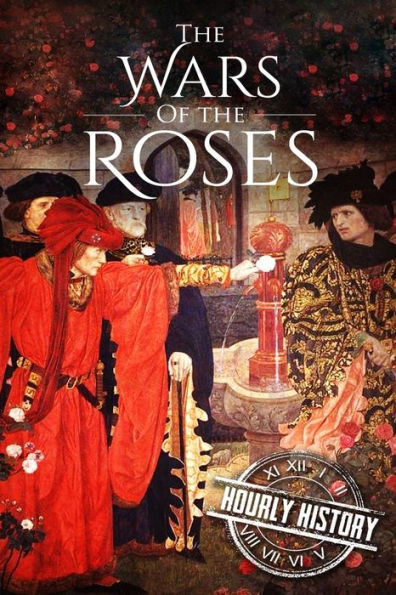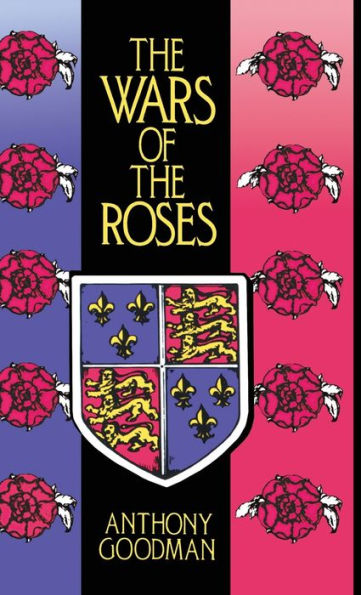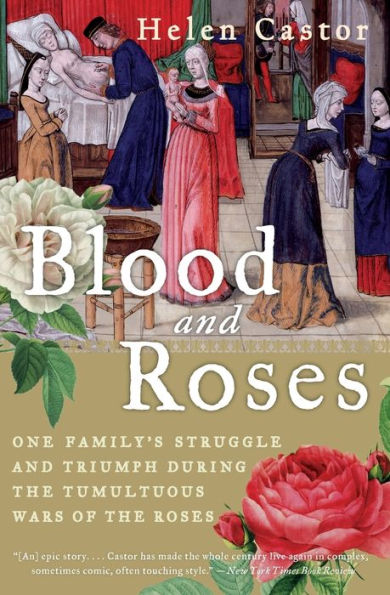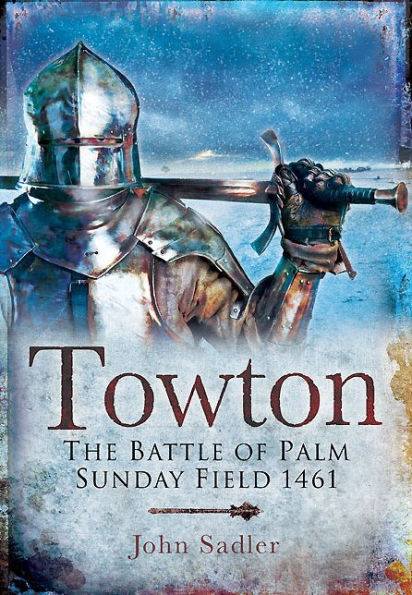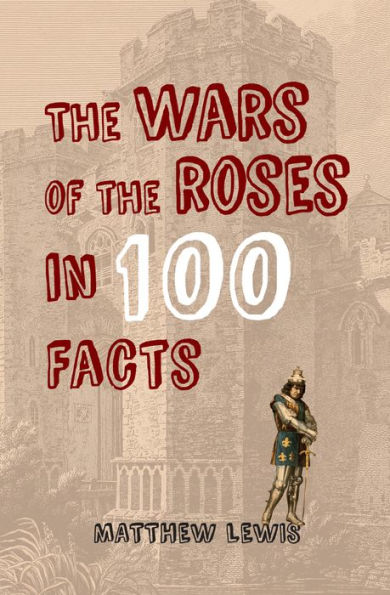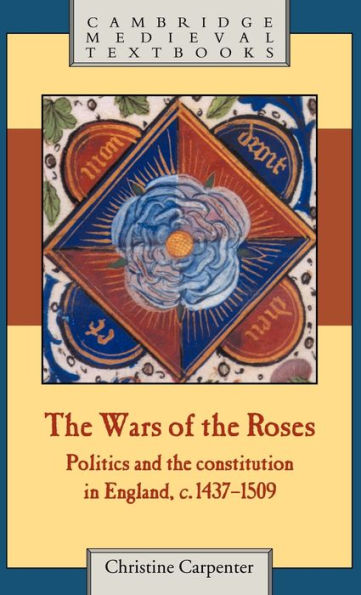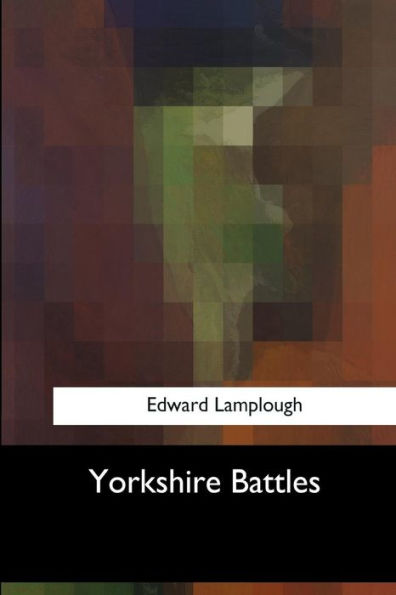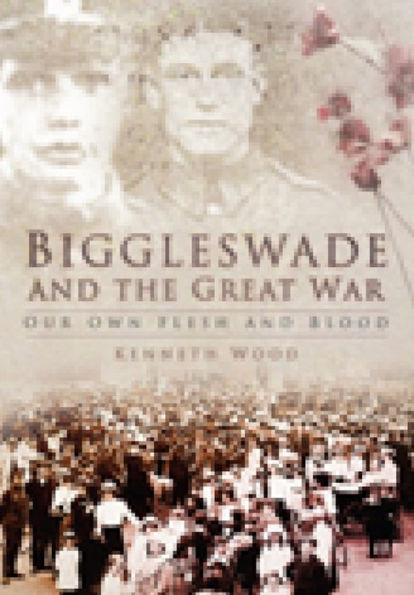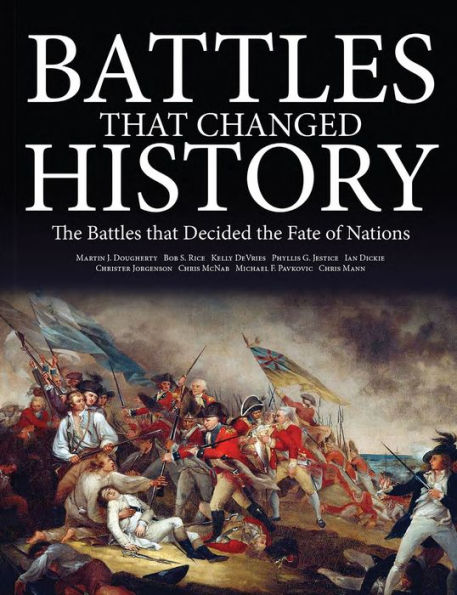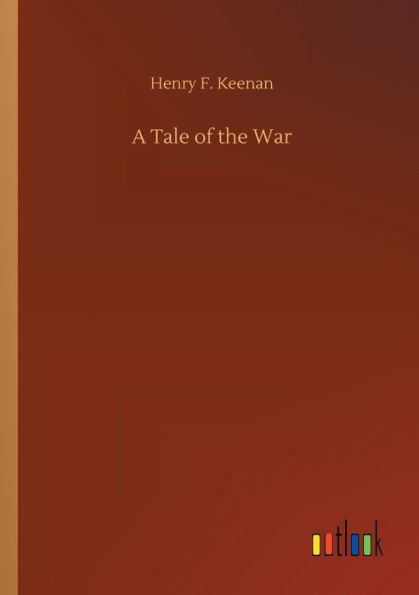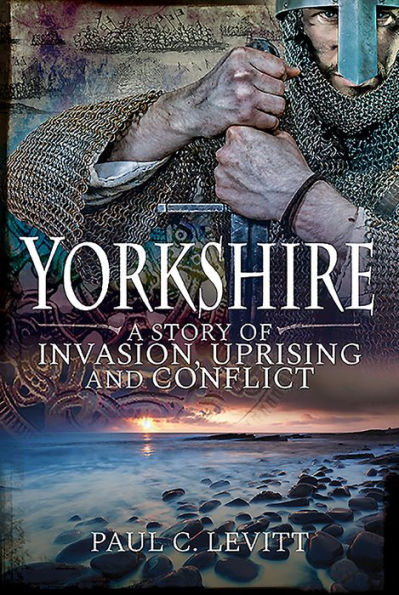Home
Towton and Bosworth: the History of Wars Roses' Most Important Battles
Barnes and Noble
Towton and Bosworth: the History of Wars Roses' Most Important Battles
Current price: $7.95
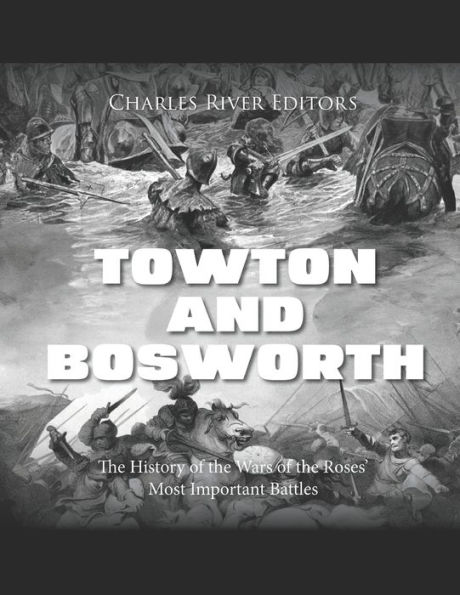

Barnes and Noble
Towton and Bosworth: the History of Wars Roses' Most Important Battles
Current price: $7.95
Size: Audiobook
Loading Inventory...
*Product information may vary - to confirm product availability, pricing, shipping and return information please contact Barnes and Noble
When the Battle of Towton took place on Palm Sunday in 1461 near a small village in Yorkshire, it was the largest and bloodiest battle ever fought on English soil. Towton was one of the battles of the Wars of the Roses, a series of civil wars ravaging England from 1455-1487. These marked the longest period England has been in unrest, surpassing the 12th century civil war between King Stephen and Empress Matilda (Maud), which lasted 15 years. Today, roses are a sign of love and luxury, but for over 30 years, they provided the symbols for two houses at war for control of the English throne. Thousands of people died and many more were injured fighting beneath the white rose of York and the red rose of Lancaster, and the noble families ruling England tore each other apart in a struggle that was as bitter as it was bloody. Though what followed was a period of strong rule under the Tudors monarchs, it ultimately came at a terrible cost, and even then, it was through Elizabeth of York that the Tudor line received its legitimacy. After all, while Henry VII won his throne in battle, Elizabeth of York was the daughter of King Edward IV of England, a Yorkist monarch.
Despite their limited social and economic impact, the political and personal dramas of the Wars of the Roses have ensured that they are well remembered and still part of the popular imagination. The most famous depictions of the period came from Shakespeare, whose earliest plays included Richard III and the three parts of Henry VI. Naturally, Shakespeare dramatized the tensions of what he presented as hugely destructive events, and his account, which showed the damage done by corruption and weak rule, and which turned Richard III into a popular villain, aimed to please the Tudor dynasty still in power at the time. Of course, it also played to a popular interest in high drama and the sort of personal and political conflicts that lay at the heart of the war. Indeed, the Wars of the Roses were perfect material for a drama about greed, power and ambition, and many others followed Shakespeare's example. From Henry Payne's painting of a Shakespearean scene in which the two sides of the war are picked to John Everett Millais's mournful portrait of the Princes in the Tower, these pictures often evoke the tension and sorrow of the period. Meanwhile, excitement over the real history of the period reached a peak in late 2012 and early 2013 when Richard III's long-lost remains were found by archaeologists. The once proud king was found beneath a parking lot after the church in which he had been buried had been destroyed. This provoked a new rash of books about Richard, as well as a dispute over where his remains should be reburied. Centuries later, passions can still run high about the House of York.
Few battles in English history are as famous as Bosworth Field. Fought on August 22, 1485, it was the one which decided the outcome of that long and messy conflict. English king Richard III, who had only recently taken the throne, had superior numbers at the battle, but an army fighting under future king Henry VII proved to have the better fighters. When forces near the field under Lord Stanley sided with Henry during the battle, they surrounded and killed Richard. The last York King went down fighting, but as news of the king's death spread, his army turned and ran, and with that, Henry Tudor was now King Henry VII. Immortalized in drama by William Shakespeare and in comedy by Rowan Atkinson and Richard Curtis, the Battle of Bosworth Field has been a mainstay of British culture since the day it was fought. Meanwhile, excitement over the real history of the period reached a peak in late 2012 and early 2013 when Richard III's long-lost remains were found by archaeologists. The once proud king, who fell on the field at Bosworth, was found beneath a parking lot after the church in which he had been buried was destroyed.
